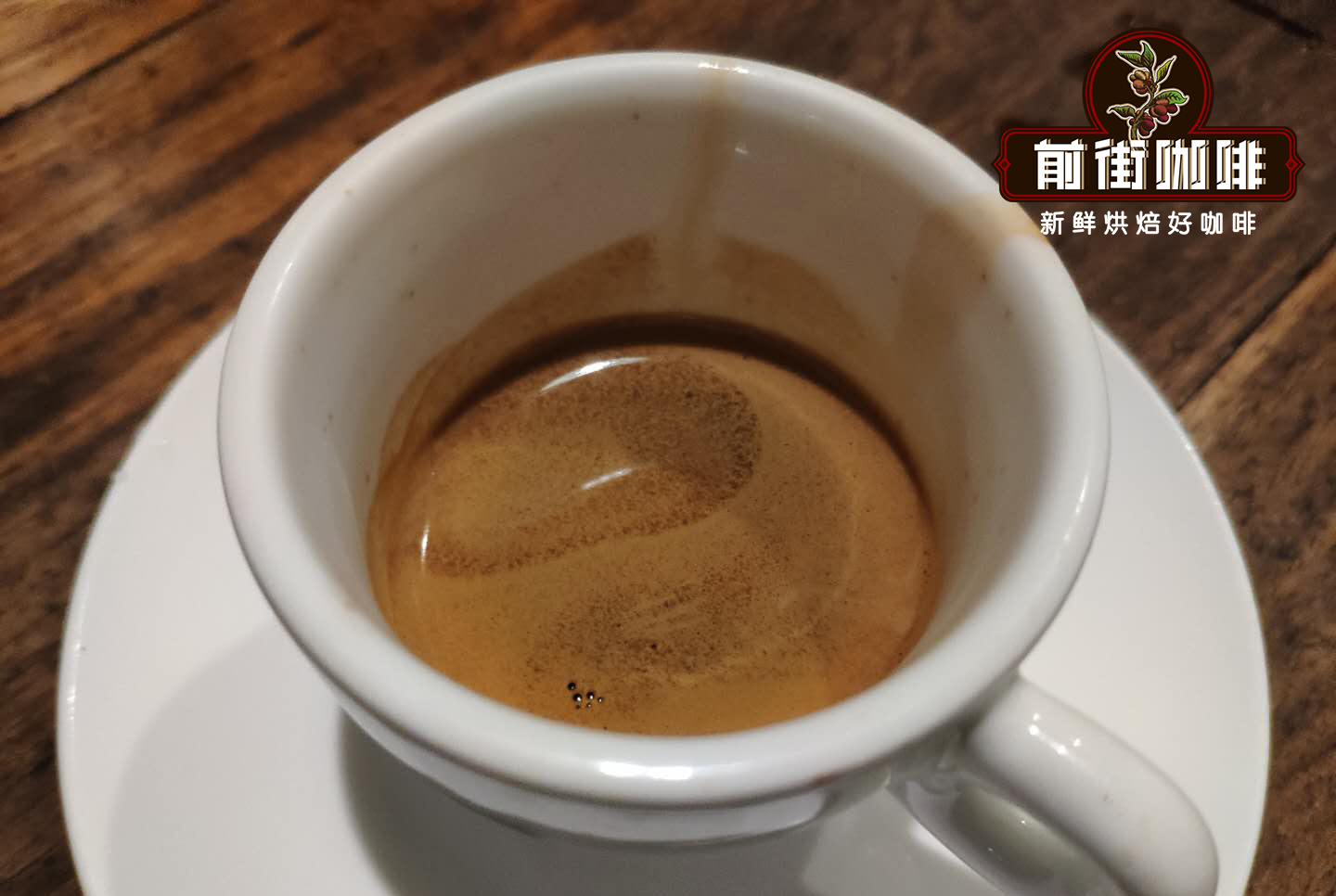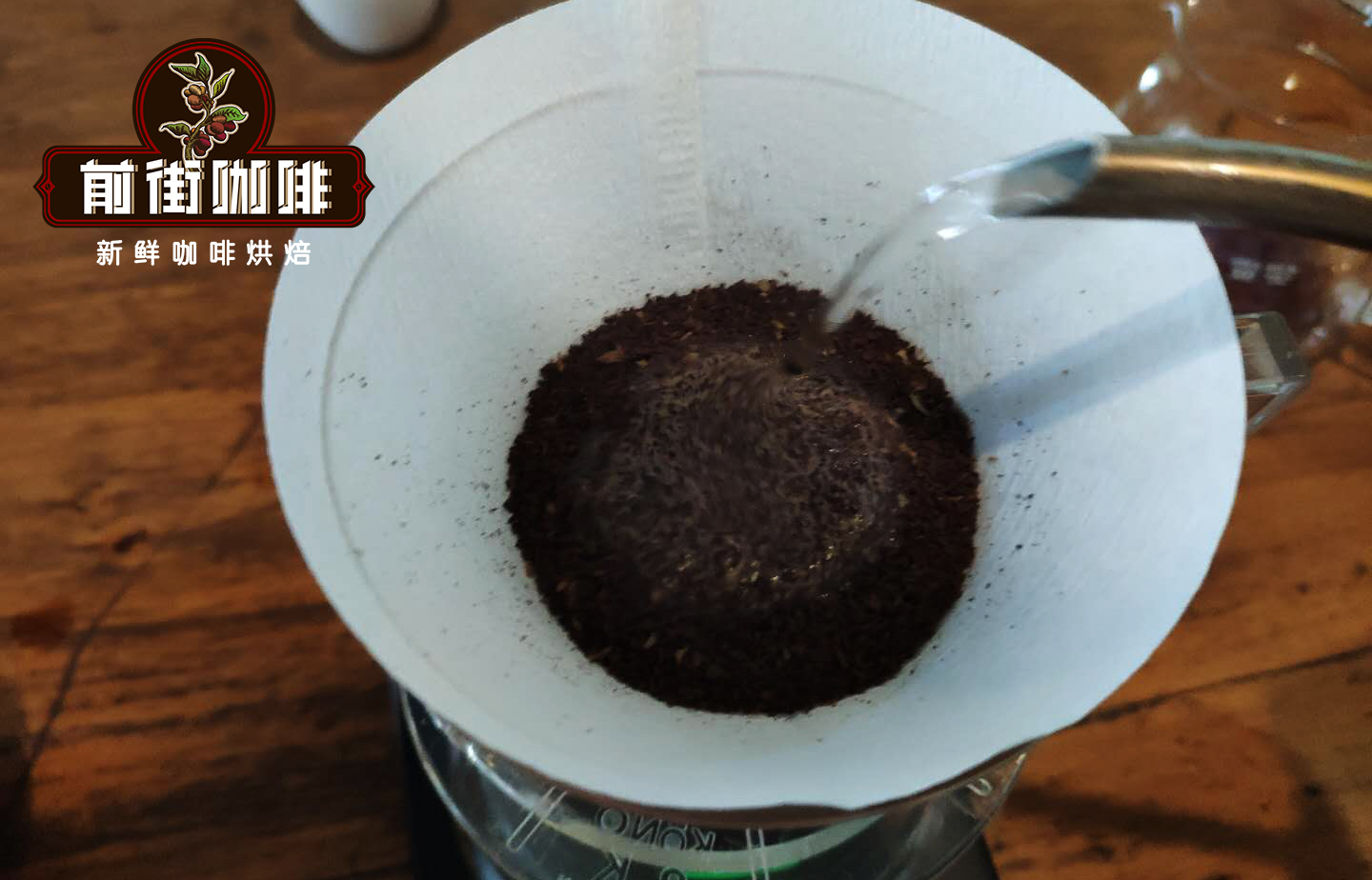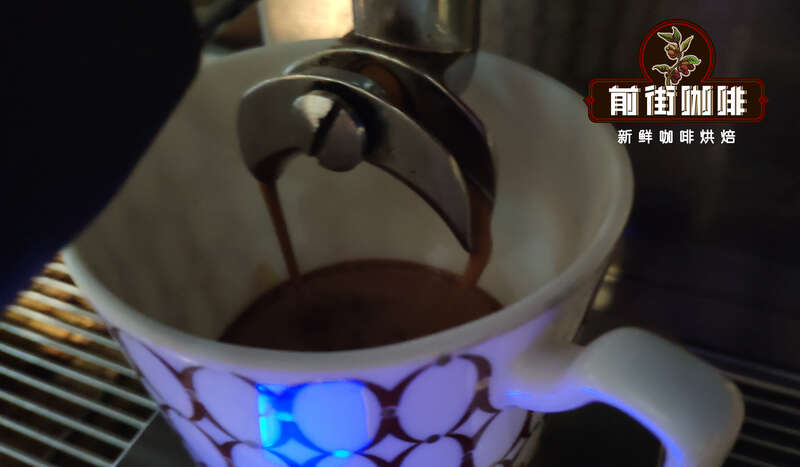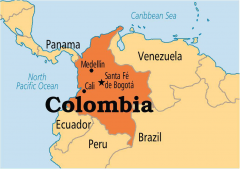The quality of Italian coffee is unstable, which may be caused by the temperature of coffee powder.

No barista will ignore the effect of "extraction temperature" on coffee, but few people realize that the extraction temperature is actually determined by "water temperature" and "coffee powder temperature".
In the daily operation, it is difficult for us to have the time and energy to accurately measure the temperature of coffee powder. However, it has become a consensus among baristas that excessive heat will cause the aroma of coffee powder to volatilize ahead of time. In addition, there are also many views that heat energy will cause coffee oil to seep to the surface and cause caking problems.
But these are the results of coffee powder overheating, in fact, the temperature of coffee powder itself will directly affect the extraction process and results.
The truth about the temperature of coffee powder
To explore the effect of coffee powder temperature, Dr Monika Fekete, from the Coffee Science Laboratory in Melbourne, Australia, conducted an in-depth study.
Under the quantitative conditions of carbon dioxide emissions, extraction water, extraction water temperature and coffee cup temperature, Dr. Fekete conducted grouping experiments on coffee powders that were ground and mixed several times and stored at-13 °C, 8 °C, 21 °C, 45 °C and 55 °C, respectively.
The experimental results show that the temperature of coffee powder has no significant effect on coffee liquid weight, extraction rate and TDS, but has a positive correlation with coffee liquid temperature. With the increase of the temperature of coffee powder, the temperature of the final coffee liquid also increases, and vice versa.

The really interesting flow rate is non-linearly related to the temperature of coffee powder.
The flow velocity decreases with the increase of temperature from-13 °C to 8 °C, increases with the increase of temperature from 8 °C to 45 ℃, and decreases with the increase of temperature from 45 °C to 55 °C.
As a result of further experiments, the doctor finally confirmed that the viscosity of the coffee liquid was the main reason that affected the flow rate.
The lower the viscosity of coffee liquid is, the faster the flow rate is, and the increase of temperature can effectively reduce the viscosity of coffee liquid, which explains why the thickness of Italian concentrated alcohol is more obvious at low temperature.
Chain reaction of temperature
In daily operation, the temperature of ground coffee powder is about 10 ℃ higher than that of cooked beans. On the other hand, the temperature changes in the grinding environment, such as the rotational speed of the cutter head and continuous working hours, make the coffee powder constantly change between 25 °C and 50 °C.
The obvious time for this change is the peak period of visitors. During the peak period, the flow rate of Italian concentration will also be significantly accelerated. When the peak is over, the flow rate will gradually return to the state of dial-in in the morning.

Sometimes in order to solve the situation of excessive extraction, baristas have to temporarily adjust the grinding scale to make up for it, but the changes in the solubility of compounds at different temperatures have had an irreversible effect on the product.
And this is just one of a series of chain reactions. When the bean grinder begins to heat up, the diameter distribution of coffee powder will change, and those traditional quantitative bean grinders that use volume, timing and other methods will even produce changes in powder quantity, which greatly reduces the stability of the product.
Important Notice :
前街咖啡 FrontStreet Coffee has moved to new addredd:
FrontStreet Coffee Address: 315,Donghua East Road,GuangZhou
Tel:020 38364473
- Prev

Where does the Panamanian rose coffee variety come from? Emerald Manor New Season Launches Sunlight Blue Standard Rose Summer
Professional coffee knowledge exchange More coffee bean information Please pay attention to coffee workshop (Weixin Official Accounts cafe_style) Since 2004, Panama's rose summer coffee first spit fragrance, Lien Chan good performance, so that the world for Panama this country named the birthplace of the world's best rose summer coffee, and at the same time became the new overlord of the fine coffee industry. Panama rose summer coffee rich floral, citrus
- Next

What is the flavor of Colombian coffee bred by volcanic soil? Colombian coffee treatment
Professional coffee knowledge exchange more coffee bean information please follow the coffee workshop (Wechat official account cafe_style) Colombia sits on heaven-given mountains and good water, rich landforms, clusters of volcanoes, fertile soil, abundant Rain Water, Qianjie believes that this is a heaven-made coffee wonderland. From 2008 to 2011, Colombian coffee beans won the championship in the SCAA Cup Test Competition for four consecutive years.
Related
- Beginners will see the "Coffee pull flower" guide!
- What is the difference between ice blog purified milk and ordinary milk coffee?
- Why is the Philippines the largest producer of crops in Liberia?
- For coffee extraction, should the fine powder be retained?
- How does extracted espresso fill pressed powder? How much strength does it take to press the powder?
- How to make jasmine cold extract coffee? Is the jasmine + latte good?
- Will this little toy really make the coffee taste better? How does Lily Drip affect coffee extraction?
- Will the action of slapping the filter cup also affect coffee extraction?
- What's the difference between powder-to-water ratio and powder-to-liquid ratio?
- What is the Ethiopian local species? What does it have to do with Heirloom native species?

